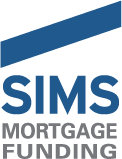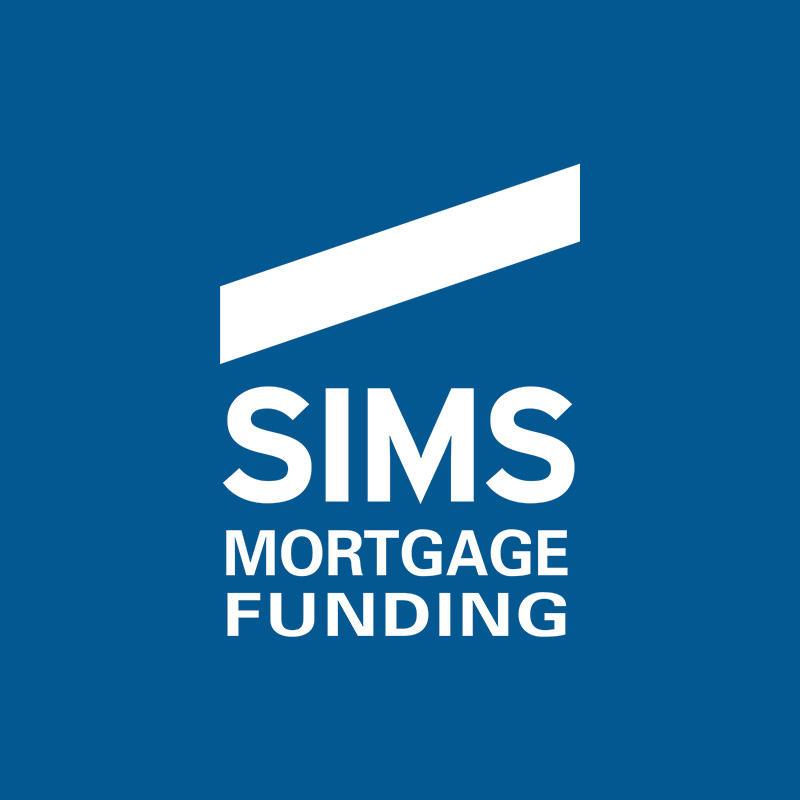Regular readers of the Capital Market Update might have noticed that recent articles on HUD were about improvements to the multifamily mortgage insurance programs, such as lower mortgage insurance premiums for affordable and energy-efficient market rate projects, and more favorable debt service and loan-to-cost ratios for market rate deals.
Not so with this edition, as HUD’s healthcare programs are back in the spotlight. HUD recently released a draft of its long-awaited update to the LEAN Section 232 Handbook, which was first issued in May 2014. Release of the draft is the first step towards the finalization of the Handbook: a public comment period ends on June 1. HUD then will assess the comments, publish a final version and announce an effective date. However, HUD has indicated that it will consider on a case-by-case basis waivers of the current Handbook policy in favor of the draft before it becomes final. This gives borrowers the best of the new Handbook while awaiting its formal implementation.
Nowhere is this more evident than with HUD’s new guidelines on refinancing existing debt. Prior loans whose proceeds included equity take-outs previously had to be seasoned for two years. HUD now will allow such loans to be immediately eligible for refinancing, depending upon the amount of the loan used for equity and the HUD-insured loan-to-value. For example:
- If less than 50% of the prior loan was used for equity, and the HUD-insured loan does not exceed 70% of value, then no seasoning is necessary.
- If 50% or more of the prior loan was used for equity, and the HUD-insured loan does not exceed 60% of value, then no seasoning is necessary.
- If 50% or more of the prior loan was used for equity and the HUD-insured loan is 61% or more of value, then two years of seasoning is necessary.
- The seasoning period for prior loans – regardless of the use of proceeds – will remain two years if the HUD-insured loan at least 71% or more of value.
HUD also has relaxed debt seasoning requirements for related-party purchase transactions. They will now allow debt associated with these purchases to be refinanced with a HUD-insured loan immediately instead of after a two-year seasoning period provided three conditions related to the sale are met:
- The seller has no residual rights to control the project;
- The seller has no residual rights to reacquire the project until not less than five years after the HUD-insured loan closing; and,
- The purchase must have occurred prior to the date the application for HUD mortgage insurance was filed.
Operator debt, formerly prohibited, will now be considered eligible, provided that it is tied directly to the project. Examples include costs related to the purchase of additional furniture fixtures and equipment, working capital related to lease-up and stabilization of the project and other capital expenditures.
The updated Handbook also should make it easier for non-profit sponsors to refinance existing debt. Many of these mission-driven organizations have operating profiles with higher expenses, programs and services, and staffing ratios that are asymmetrical to the general market. This has caused lower than market project valuations for non-profits, resulting in loan sizings with insufficient proceeds. However, HUD now has made it easier for appraisals of non-profit projects to be adjusted for market conditions that will result in higher market valuations – and insured loans.
For additional information about the LEAN Section 232 program changes, please contact Anthony Luzzi at 201-315-1242 or aluzzi@simsmortgage.com. Anthony has been in the middle of the industry review of the Handbook through his position on the Executive Committee of the Committee on Healthcare Financing (COHF) and as a member of the Mortgage Bankers Association (MBA) Section 232 Working Group.

